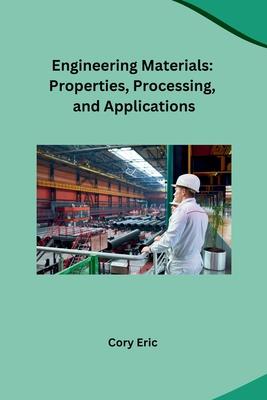Overall, this subchapter aims to provide engineers in the niche of Materials Science and Engineering with a solid foundation in the field. By understanding the principles, properties, processing, and applications of materials, engineers will be equipped to make informed decisions and develop innovative solutions to engineering challenges.

Book
Engineering Materials: Properties, Processing, and Applications
by Cory Eric
(Write a Review)
Paperback
$25.00
Overall, this subchapter aims to provide engineers in the niche of Materials Science and Engineering with a solid foundation in the field. By understanding the principles, properties, processing, and applications of materials, engineers will be equipped to make informed decisions and develop innovative solutions to engineering challenges.
Paperback
$25.00